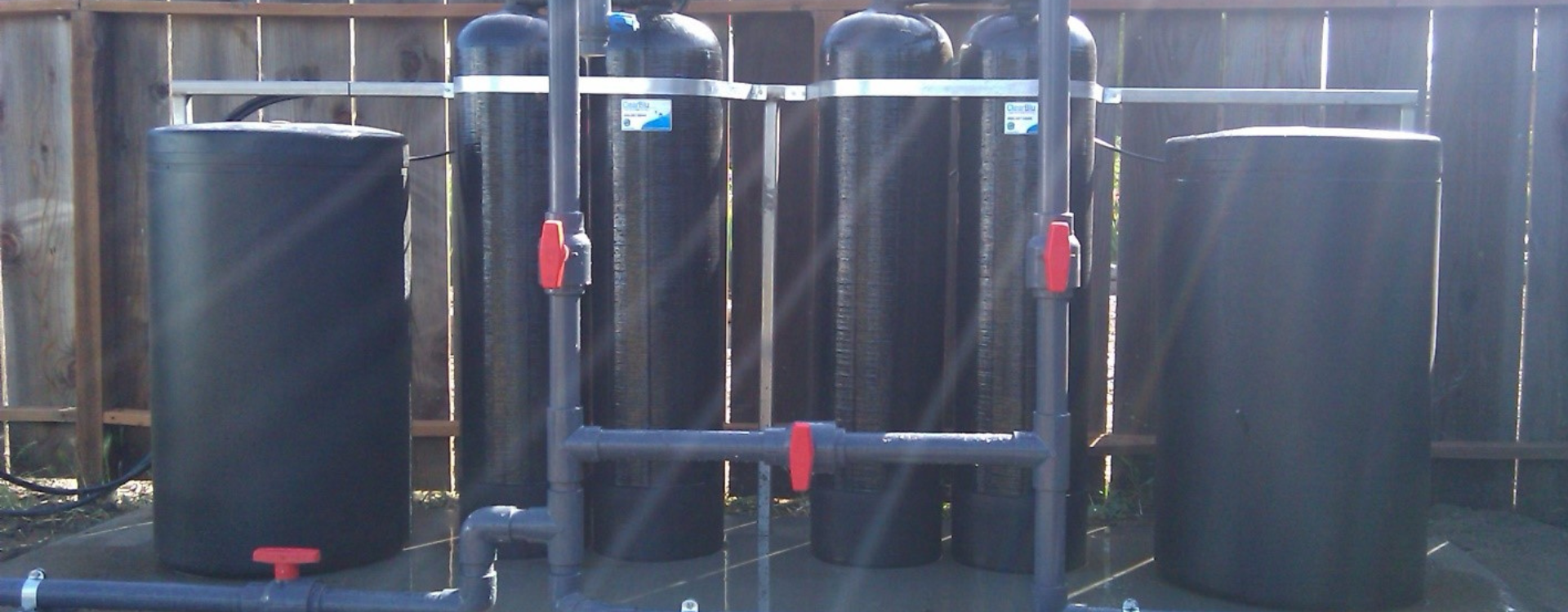
Our equipment
Tertiary treatment
Proper tertiary treatment can remove more than 99 percent of impurities from sewage. But this process requires experience and a lot of know how. We have that knowledge. Discover how ClearBlu handles tertiary treatment.
What is Tertiary Treatment?
ClearBlu provides tertiary treatment systems making wastewater usable for applications such as tank washing, CIP, irrigation, and more. Tertiary treatment is the third, and final, stage in a standard wastewater management system. Once effluent has been treated in the primary and secondary stages by removing suspended solids, pH balancing and reducing its biochemical oxygen demand (BOD), it is ready to enter the tertiary stage.
The tertiary treatment stage within a wastewater management system prepares the wastewater for final use and how thoroughly it needs to be treated depends on the source of the wastewater and what it will be used for. For instance, beverage waste streams may only require final filtration for use in irrigation such as drip systems. However, for use in CIP or tank washing, the wastewater will require final stage filtration and sterilization.
It is much easier to reuse gray water (processed wastewater) than blackwater. For high-strength wastewater, it is critically important to reduce both the organic loading (BOD) as well as the suspended solids (TSS) to make the final stage of treatment feasible.
Learn more about pre treatment and primary treatment processes ClearBlu offers.
CONTACT US
TALK WITH AN EXPERT
We have a cost-effective and environmentally friendly pre-treatment solutions of all shapes and sizes in the United States.
Contact Us – Sidebar
STERILIZATION
Sterilization is the process of eliminating all forms of microbial life, including bacteria, viruses, fungi, and spores. In wastewater treatment, this is a critical step to ensure that the treated water meets environmental safety standards before being released or reused. Without proper sterilization, harmful pathogens could persist, leading to environmental contamination and health risks.
ClearBlu uses Chlor Clean Detergent to accomplish sterilization with our systems. While it is not necessary for all wastewater treatment processes, it is essential in specific scenarios.
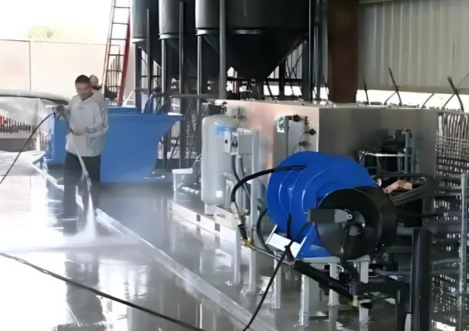
FAQS
Why is data collection important to the process?
Data is critical to our process when customers request a tertiary system installation. Collecting data allows us to identify and measure remaining constituents suspended in wastewater, which is derived from gathering a composite sample. Constituents may include BOD, TSS, heavy metals, and even prescription drugs.
How is it determined which system is recommended?
Once the data is collected and analyzed, we’re able to identify the most cost-effective, low maintenance, technology that satisfies the requirements of a customer’s specific waste stream. Our recommendation will include a budgetary quote that works with each customer’s bottom line.
Depending on the situation, we may need to conduct a site visit to see if any obstacles hinder construction, and to assess any issues that conflict with local municipalities.
What is the installation process like?
After collecting data and making a system recommendation, we’ll begin the 2-3 week process of installing your tertiary treatment system. Once the installation is complete, we’ll compile documentation and create a custom service checklist that’s specific to the customer’s site and system.
national experts
Have more questions, or need to help deciding which equipment is right for you? Our team would love to assist with your project.
TERTIARY TREATMENT PROCESS
1
Sterilizing Water
The final stage of water treatment involves sterilizing water for reuse, and removing potentially harmful contaminants.
2
Available Technologies
There are several technologies that can be used to sterilize the water. This could include one or more of the following: ultrafiltration, reverse osmosis, ozone sterilization, ultraviolet light sterilization, or carbon filtration.
3
After Water Reclamation
Once the reclaimed water has been processed, our technologies can be used for applications such as Clean In Place (CIP) Processes, Tank Washing, or Irrigation.
4
Post-Treatment Benefits
After incorporating a tertiary treatment system into your operation, you should see a dramatically reduced amount of water used in your facility. This is becoming increasingly important to regions, states, and localities that face shortages.
CASE STUDIES
Garbage Facility
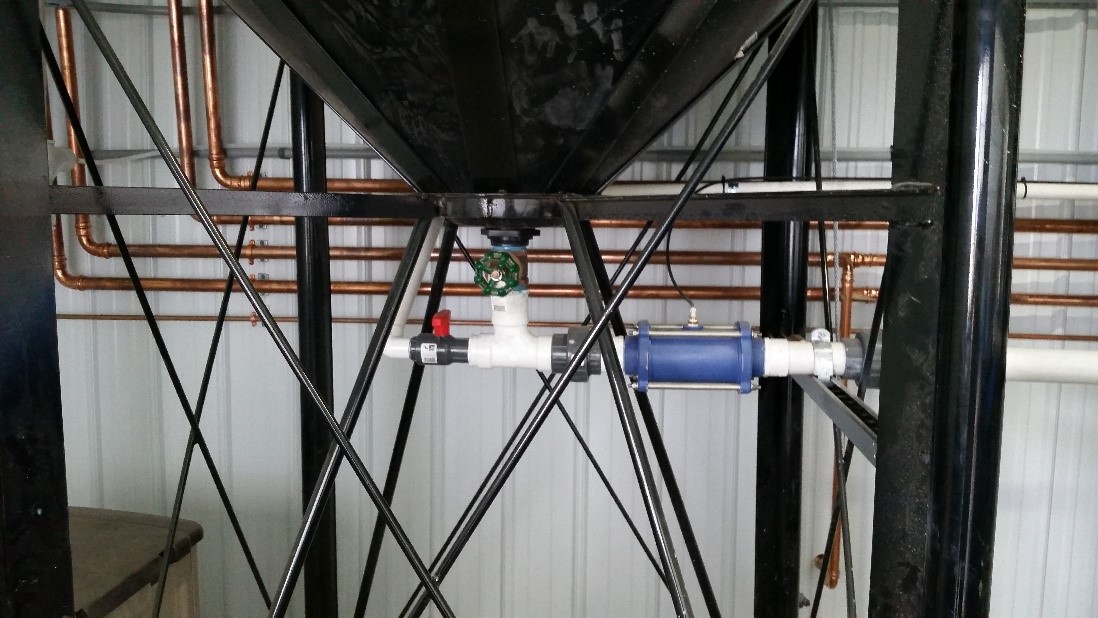
Project Type: Full Treatment
Equipment: Biodigesters; Dewatering Hoppers
Learn More
Blanco, Texas Brewery
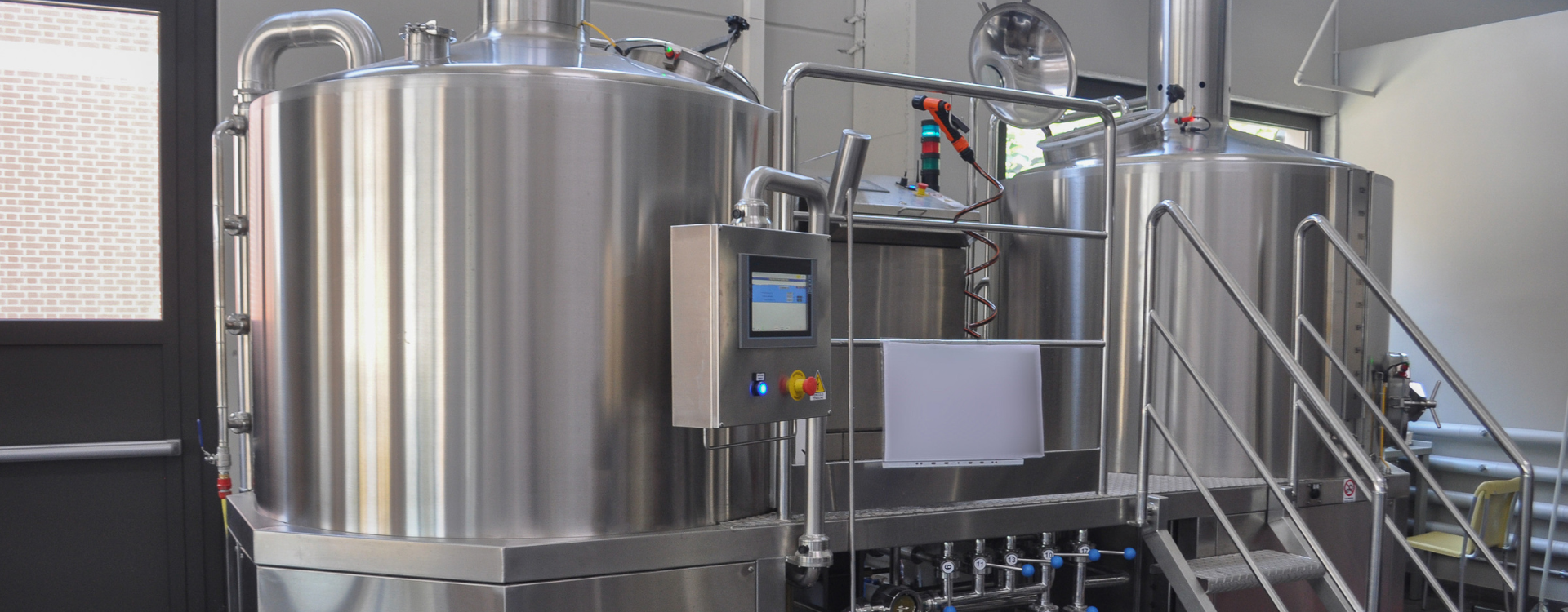
Project Type: Full Treatment
Equipment: Settling Tanks; pH Balancing; Waterfall Screens
Learn More
Paso Robles Winery

Project Type: Full Treatment
Equipment: Lift Stations; pH Balancing; Microbes; Freshwater Aeration
Learn More
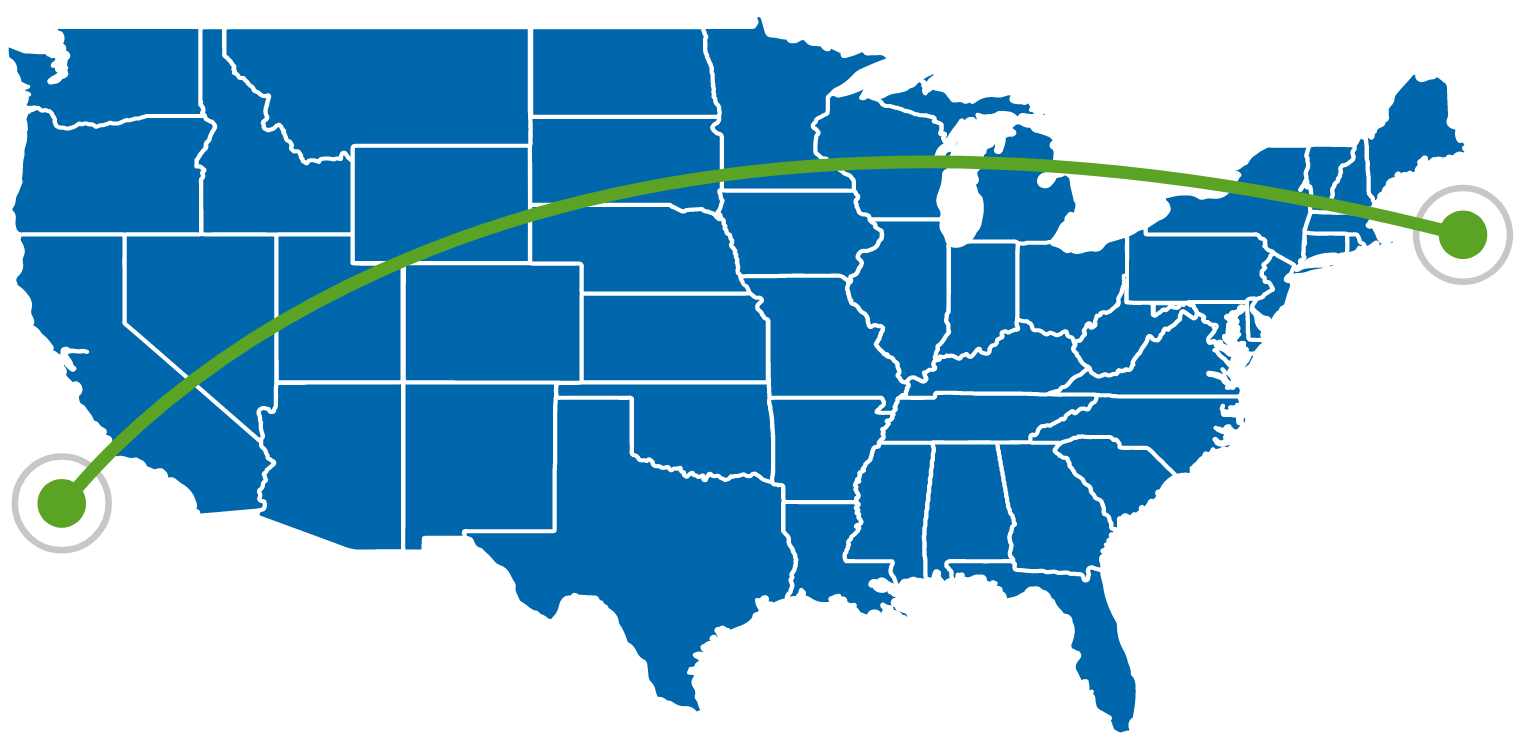
Convenient Locations
Serving Companies Nationally
With locations in California, Colorado, and Oregon, we are able to provide wastewater treatment solutions across the United States.
